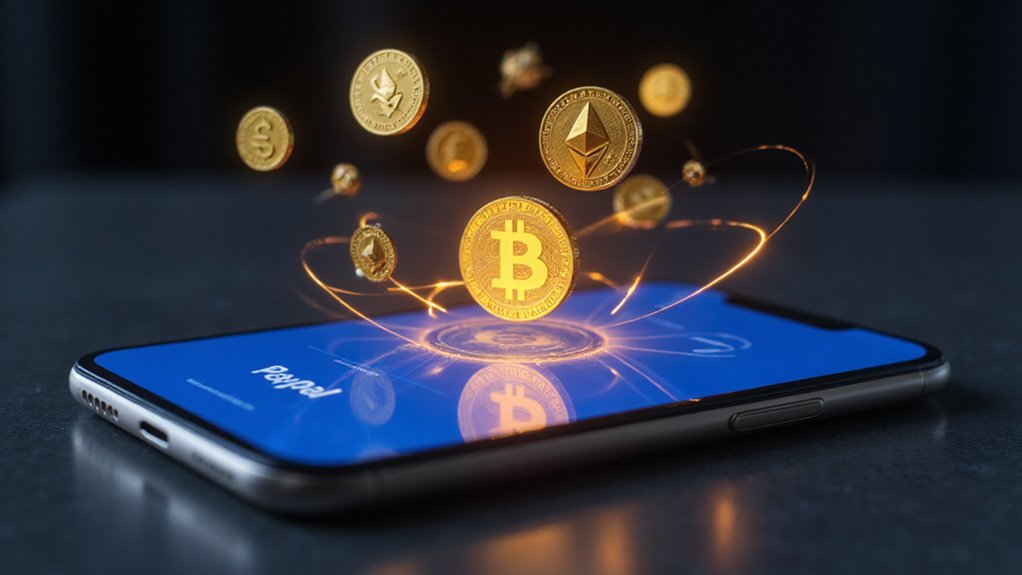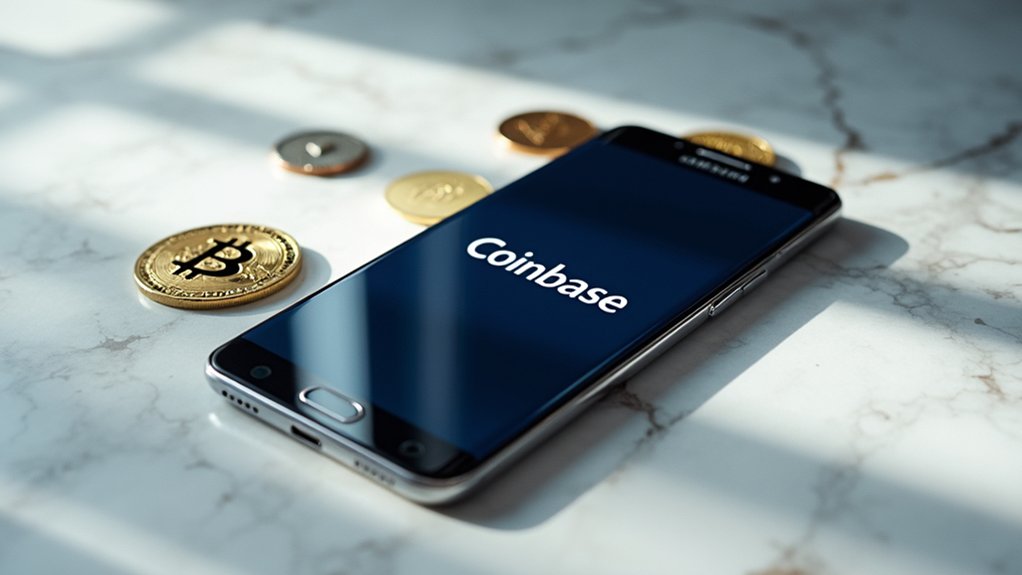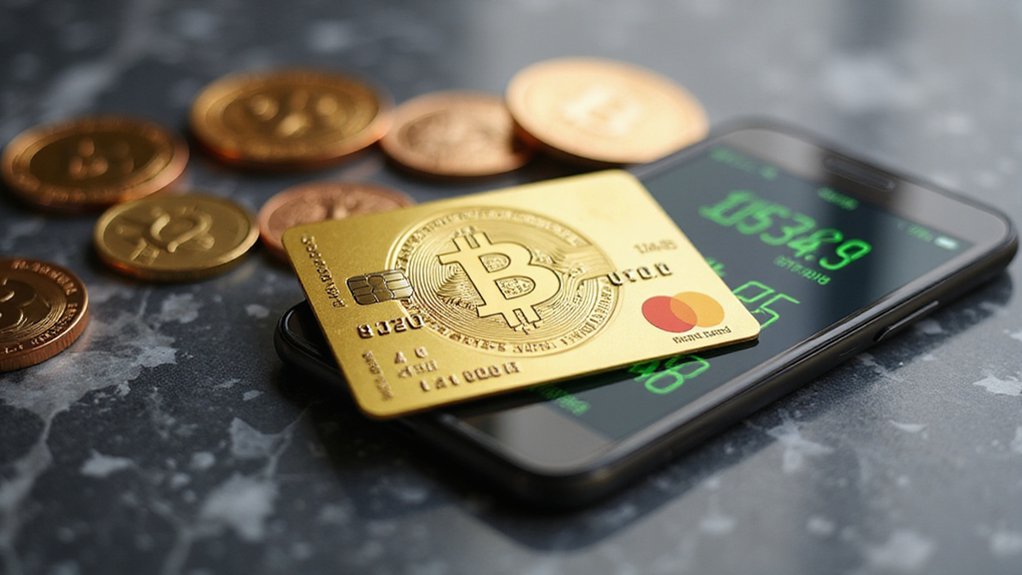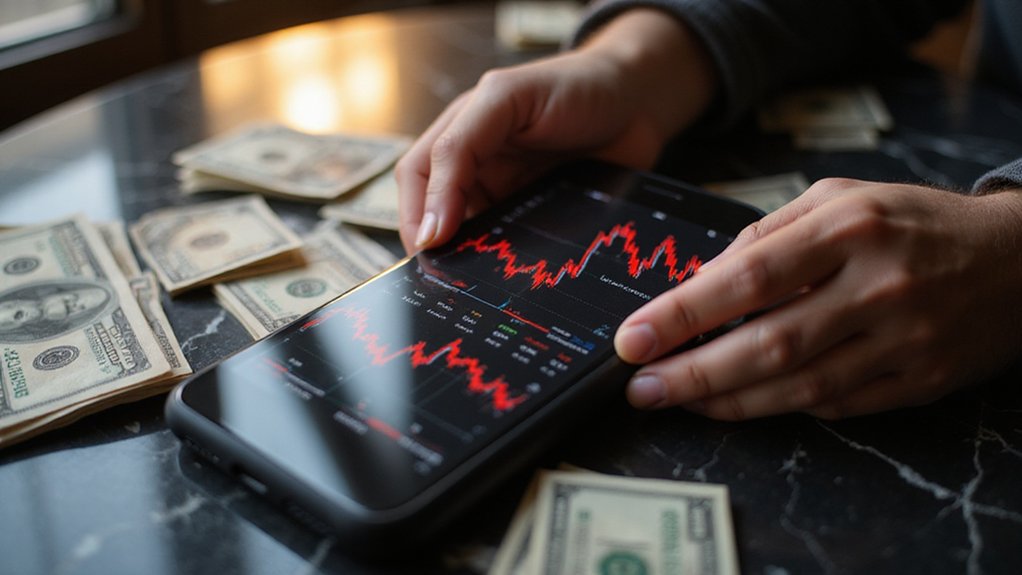In a move that would have seemed fantastical to the digital payments pioneer of two decades ago—when cryptocurrency was still the province of cryptographic enthusiasts and libertarian theorists—PayPal has revealed an extensive crypto payment system that allows U.S. merchants to accept over 100 cryptocurrencies at checkout.
The platform integrates with major wallets including Coinbase, MetaMask, and Binance, though New York merchants find themselves temporarily excluded from this digital revolution.
The system’s clever architecture automatically converts incoming crypto payments into PYUSD (PayPal’s proprietary stablecoin) or traditional fiat currency, effectively neutering the volatility that has long plagued merchant crypto adoption. This conversion mechanism enables near-instant settlement while merchants holding PYUSD can earn approximately 4% annual yield—a rather attractive proposition in today’s financial landscape.
PayPal’s pricing strategy reveals calculated ambition: a promotional 0.99% transaction fee for the inaugural year, escalating to 1.5% thereafter. These rates undercut traditional credit card processing fees by up to 90%, considering typical merchant costs hover between 1.57% and 1.75%.
Such economics could fundamentally alter merchant cost structures, particularly for cross-border transactions where conventional payment rails impose substantial friction. PayPal has positioned this service to facilitate cross-border transactions, enabling scenarios such as shoppers in Guatemala purchasing from Oklahoma City merchants with unprecedented ease.
The platform’s interoperability spans both centralized exchanges like Coinbase and decentralized protocols such as Uniswap, depending on customer wallet preferences. This technical flexibility addresses approximately 90% of the global crypto market’s $3+ trillion capitalization—no modest achievement for a company that once facilitated eBay auctions.
PYUSD’s central role demonstrates PayPal’s strategic pivot toward stablecoin infrastructure, supported by emerging U.S. regulatory frameworks like the GENIUS Act. The company’s partnership with Fiserv signals intentions to expand stablecoin utility beyond domestic markets, potentially challenging traditional correspondent banking networks.
For small and medium enterprises, the implications prove compelling: reduced transaction costs, accelerated settlement times, and access to crypto-native customer bases. The PayPal World initiative further amplifies this transformation by connecting five major digital wallets on a unified platform, creating unprecedented interoperability between payment ecosystems. The IRS requires tracking of transactions across decentralized platforms, emphasizing the need for diligent record-keeping as businesses adopt these new payment methods.
Whether merchants will embrace this digital transformation remains uncertain, but PayPal has constructed infrastructure that could render crypto payments as mundane as credit card swipes—perhaps the ultimate validation of cryptocurrency’s journey from fringe experiment to mainstream financial tool.







